As spaces and opportunities for natural ponds and bog areas decline, so do the amphibian population and those of other pond creatures. You can help redress this by creating a wildlife pond in your garden. The first thing to note is that wildlife and fish – such as goldfish or carp – are pretty much incompatible. Fish generate large amounts of waste and also eat the eggs of other creatures. There’s no reason why you shouldn’t have both types of pond but you need to keep them separate.
When planning a wildlife pond you need to choose the location carefully. You need an area that gets roughly equal amounts of sunlight and shade. Ideally you should have dappled shade from trees or shrubs. Too much sun and algae will take over, too little and creatures such as tadpoles won’t be able to develop.
For a wildlife pond it is important that part of it is at least three feet deep. This ensures that if the surface freezes in winter there will be water lower down where wildlife can survive. Make sure too that at least two-thirds of the edges have a shallow slope, like a beach, to ensure easy access for wildlife.
You will of course need a pond liner as you would with any kind of pond. Ensure you add twice the depth of your pond to the length and width when measuring this. If you want to be green then instead of using sand or underlay to protect the liner you can use a layer of old newspapers – but make sure you take out any metal staples.
When you’ve filled your pond you can trim the excess liner but be sure to leave an overlap of six inches or so. You can tuck this into a slot in the ground and lay turf or a thin layer of soil over it to provide a natural edge. Stone edges and high banks are not friendly for wildlife.
Since the water used to fill your pond will be chlorinated tap water you need to allow time for the chemical to dissipate. You can help things along by adding a bucket or two of rainwater. Put a couple of shovel-fulls of soil in the deepest part of the pond to create a muddy bottom, try to make sure that this soil is free of chemical fertilisers or weedkillers.
It will take some time for wildlife to populate your pond naturally. However you can give things a helping hand. Visit a local natural pond, taking with you some clean plastic bottles and collect a couple of litres of water. This will be full of organisms and nutrients that will help kick start life in your pond.
You’ll also need some plants of course. A good start would be a couple of aerating plants, a water lily, a water iris in the shallows and perhaps some bulrushes. Make sure you choose native plants that won’t take over and choke your pond.
Allow some of the grass around the pond edges to grow long. This provides shelter for frogs and also lets insect larvae to climb up out of the water. You should also choose a shallow area of the pond and place a couple of bricks under the water – be careful not to damage the liner. Lay a flat stone or broken paving slab on top of these to allow a place for frogs to climb out of the water and sunbathe. If you have a rockery close to your pond you can encourage toads by creating cave-like areas using small plant pots turned on their side.
Your pond will probably need some on-going maintenance. Thin out any pond weeds so that at least half the surface is clear water. This is best done in mid to late summer or early spring, before the spawning season, so as not to disturb too much wildlife.
If you follow these tips you should be able to create a haven for wildlife in and around your pond.
If you’re building an aquatic wildlife habitat it’s important to use good pond liners to ensure long life and prevent leaks.

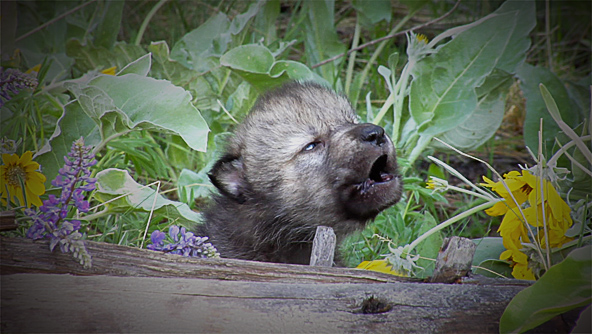
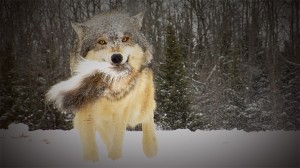
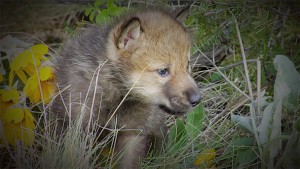 Furthermore, it was not openly proposed and discussed, but rather hidden away in a bill so important that those involved would have no choice but to pass it. This is clearly a case of political maneuvering. Everyone has seen the movie where, to save the sinking ship, the captain must seal off the leaking rooms, dooming the men inside. To do a greater good, a wrong must be done as well. The only reason it was done in this situation is that Senator Jon Tester and Representative Mike Simpson forced it to be so. If they had legitimate evidence of the species’ safety from nature and wildlife experts, they could have presented the unprecedented idea to Congress (remember that Congress has never, in 235 years, taken authority to remove an animal from protected capacity) in its own bill, instead of squirreling it away in the Congressional Budget Act which had to be passed immediately to avoid a government shutdown.
Furthermore, it was not openly proposed and discussed, but rather hidden away in a bill so important that those involved would have no choice but to pass it. This is clearly a case of political maneuvering. Everyone has seen the movie where, to save the sinking ship, the captain must seal off the leaking rooms, dooming the men inside. To do a greater good, a wrong must be done as well. The only reason it was done in this situation is that Senator Jon Tester and Representative Mike Simpson forced it to be so. If they had legitimate evidence of the species’ safety from nature and wildlife experts, they could have presented the unprecedented idea to Congress (remember that Congress has never, in 235 years, taken authority to remove an animal from protected capacity) in its own bill, instead of squirreling it away in the Congressional Budget Act which had to be passed immediately to avoid a government shutdown.

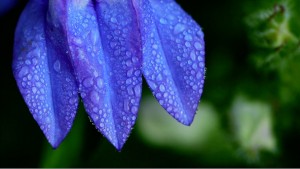
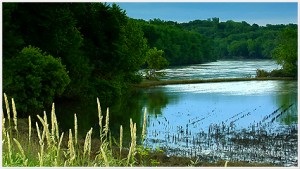

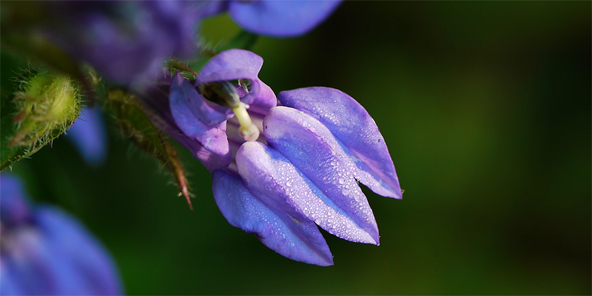
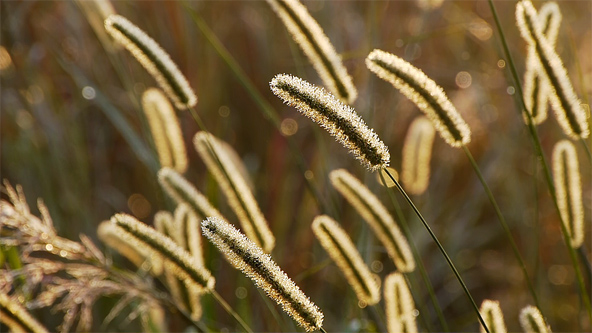
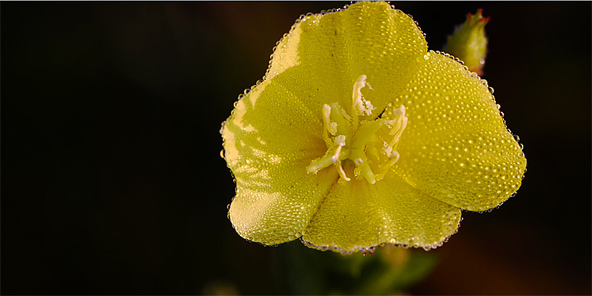

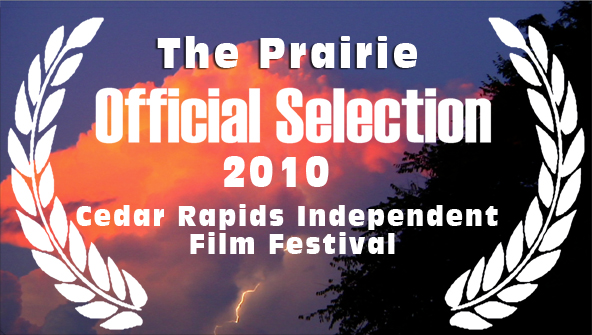
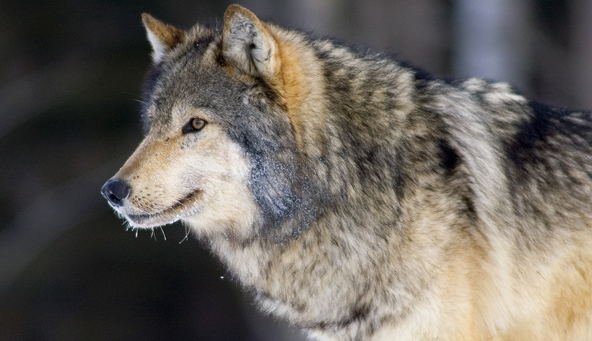

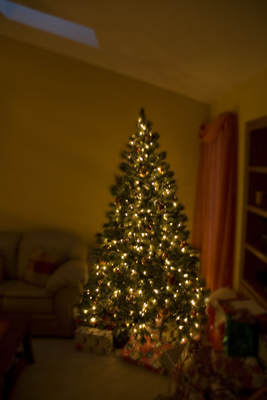









How Fire Shaped the Tallgrass Prairies of America’s Heartland
Tallgrass prairie fires were once a common occurrence, and had a considerable impact on nature and wildlife. Such fires were typically the result of lightning strikes that occurred during the frequent thunderstorms experienced by the region. Because of the area’s dry conditions, high winds, and absence of obstructions, fires would spread quickly and could travel quite far. This prevented the growth of woody vegetation such as trees, which resulted in the grass-filled ecosystems that are now seen throughout the prairie states.
Prior to European settlers entering the region, indigenous Native American tribes often started fires as way to manage wildlife. Such fires were a tool to drive bison toward more convenient hunting ground, and the renewed growth that took place after the fire appealed to bison herds, and helped to predict their movement.
The tallgrass prairie is a severely endangered ecosystem. Although much of this danger is the result of habitat loss due to development and farming, the decrease in natural fires has had a considerable impact the on undeveloped prairie tracts. Woody vegetation and invasive plants are no longer restrained by fire and are starting to invade these ecosystems. The dead plant waste layers are allowed to accumulate, impacting the growth of various grasses. This will ultimately change the very roots of the Tallgrass Prairie Ecosystem.
Due to the aforementioned considerations, wildlife management agencies are developing a strategy of controlled fires to help the prairie ecosystems survive in the most natural way possible. This is typically accomplished by carefully selecting a day during the most suitable time of year, and creating a controlled burn. Firefighters are present to ensure the fire does not burn out of control. This is an effective and safe avenue through which these natural areas can be restored to their original state.
While common sense dictates that fires are destructive and dangerous, it is essential to understand that they are vital to the maintenance of prairie ecosystems. With carefully managed burns, renewed growth can be encouraged by wildlife management agencies, and our prairies can be restored to their natural condition.